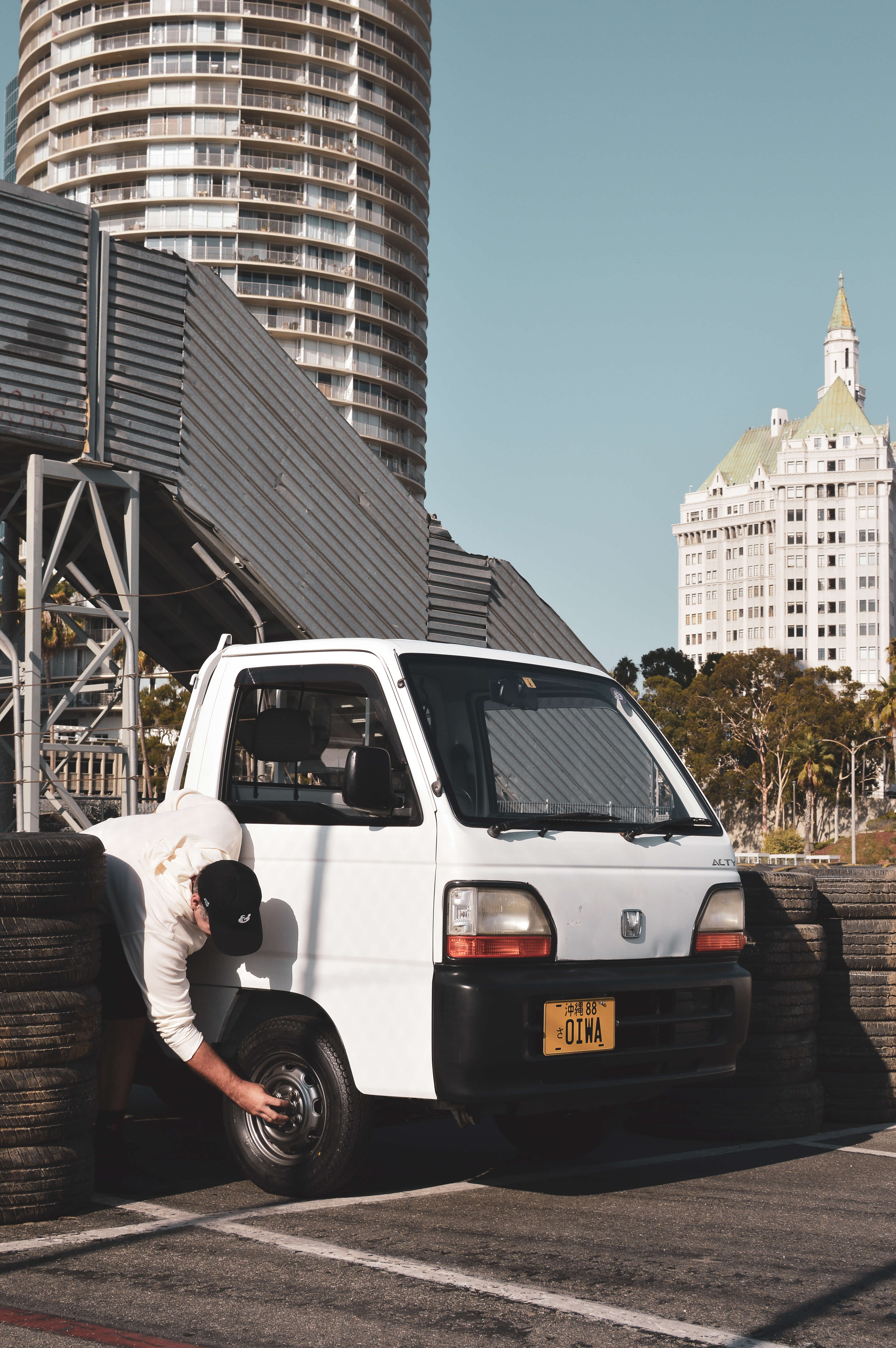The Rise of the Kei Truck: A Hero in Fuel Efficiency
In a world where climate change is as much a part of dinner table conversations as the latest celebrity breakup, one hero has emerged from the depths of the Japanese automobile industry: the kei truck. With its astonishingly efficient "miles per gallon" (MPG) and its ability to make a Prius look like a gas-guzzling SUV, the kei truck is here to save the day—or at least your wallet.
What is a Kei Truck?
For the uninitiated, the kei truck is Japan's answer to the question, "How small can we make a truck before it starts looking like a toy?" These micro marvels, officially known as "kei" class vehicles in Japan, are designed to navigate the narrow streets of Tokyo with the grace of a ballerina and the fuel efficiency of a bicycle. And they have been doing so since the 1940s.
The Magic of Kei Truck MPG
Now, before we dive into the intricacies of kei truck MPG, let's clarify what we're dealing with here. Kei trucks are limited by law to a maximum engine size of 660cc, which, for those unfamiliar with engine talk, is about as much power as your average lawnmower. Yet, despite their diminutive size, these trucks boast an impressive fuel efficiency, often achieving about 45-55 MPG. That's right—your smartphone probably weighs more than the engine in these trucks, yet they can still outlast your average American sedan at the pump.
The Limitations of a Kei Truck
Of course, with great power (efficiency) comes great responsibility—or in this case, great limitations. While the kei truck may be the hero of urban delivery drivers and eco-conscious farmers, it's not exactly the best choice for a cross-country road trip. These pint-sized pickups are better suited for the kind of tasks that require more maneuverability than muscle.
The Irony and Lessons of Kei Truck Efficiency
The irony of the kei truck's incredible MPG is not lost on the satirical observer. In a world where bigger is often equated with better, kei trucks stand as a testament to the wonders of minimalism. Perhaps we should all take a page from the kei truck's handbook and reevaluate our own carbon footprints, or at least our penchant for oversized vehicles.
The Secrets Behind Kei Truck Efficiency
But how exactly does the kei truck achieve such stellar fuel efficiency? Part of the secret lies in their lightweight design and engineering focused on simplicity. These trucks are engineered to be as aerodynamic as a box can be, which is to say not very. Yet, they manage to make up for their boxy aesthetics with engines that are optimized for efficiency rather than speed.
Moreover, the kei truck's small size means they require less energy to move around, making them ideal for short trips and city driving. It's like using a scalpel instead of a chainsaw to slice a piece of cake—precise, efficient, and surprisingly effective.
The Quirks of Kei Trucks
Of course, kei trucks are not without their quirks. Trying to fit a family of four into one of these might be a bit of a squeeze, unless your family happens to be a family of contortionists. And while they may excel at saving fuel, don't expect to win any drag races against even the most modest of sedans.
Conclusion: Less is More
In conclusion, the kei truck's impressive MPG is a reminder that sometimes less is more. In a world where we are constantly encouraged to consume more, drive bigger, and leave a larger footprint, the kei truck is a refreshing reminder that efficiency can be both practical and environmentally friendly. So, the next time you're considering a new vehicle, perhaps it's worth pondering whether a kei truck might just be the perfect fit—for your garage, your wallet, and, most importantly, the planet.
After all, if we can drive less and save more, maybe we can all start taking those extra dollars saved on fuel and invest them in something meaningful, like a vacation to Tokyo where we can see these mini marvels in their natural habitat. Or at the very least, we can use that extra cash to buy more avocado toast. Choices, choices.

